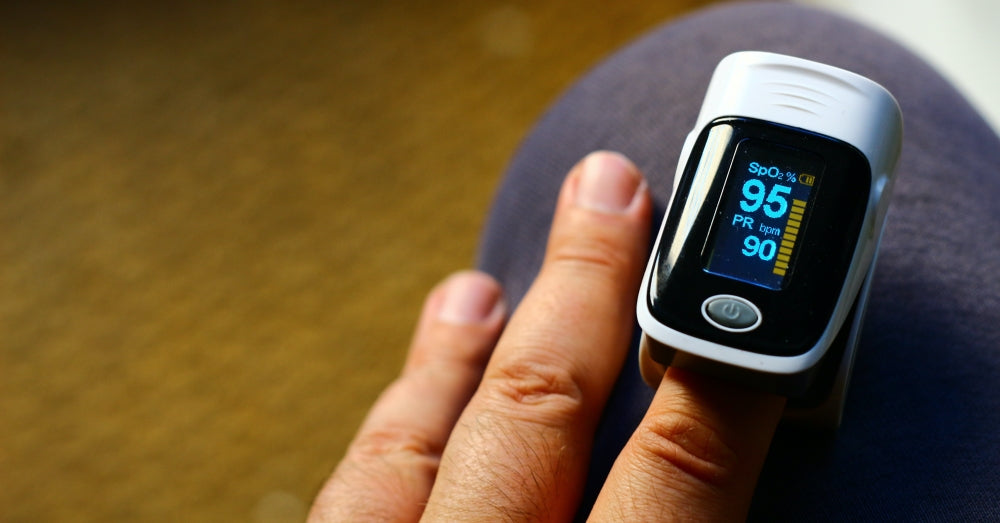Study Shows Low Blood Oxygen Levels for People with Diabetes When Lying Down or Standing
Elizabeth Morey
As the name implies, a blood oxygen level shows the amount of oxygen currently circulating in a person's blood via their red blood cells. The level, often taken using a monitor placed on the finger called a pulse oximeter, measures the percentage of blood that is oxygen-saturated. A normal reading is typically between 95 and 100 percent. A reading between 90 and 92 percent may indicate a need for supplemental oxygen.
Research has shown that people with type 1 diabetes have lower blood oxygen saturation when lying down than healthy controls do. This phenomenon has been associated with health complications, and researchers wondered whether the same was true of people with type 1 diabetes in other positions, particularly upright positions like standing.
Because people with type 1 diabetes have previously shown different patterns in their blood and tissue oxygenation in different parts of their bodies, the team of researchers used three oxygen measurements for their study. The first was a typical blood oxygen reading taken with a pulse oximeter on the finger. Then arm and forehead mixed tissue oxygen levels were measured using near-infrared spectroscopy sensors on the skin.
The researchers measured their subjects' oxygen saturation levels in both the supine and standing positions. They found that, overall, blood oxygen saturation was lower for those participants with type 1 diabetes than it was for the healthy controls, with an average of 97.0 percent, just slightly less than the control average of 97.6 percent.
In the supine position, the average blood oxygen reading for individuals with type 1 diabetes was 96.9 percent, while in healthy individuals, it was 97.3 percent. Both groups experienced an increase in blood oxygen levels upon standing, but the change was smaller for the type 1 diabetes group (97.2 percent) versus the healthy group (98.0 percent).
Arm oxygen saturation decreased in both groups when going from a supine to a standing position, but they decreased more in the type 1 diabetes group. Forehead oxygen saturation also decreased in both groups upon standing, but there were no differences between the two groups in this measure.
The team believes that individuals with type 1 diabetes are exhibiting potentially detrimental patterns of tissue oxygen adaptation, with the exception of forehead oxygenation. They believe there may be health consequences of these differences. Further studies should address what those complications may be.
You can measure your blood oxygen with a pulse oximeter from your local drugstore. If you want to increase your blood oxygen level, you can try some breathing exercises, grow plants in your home, open your windows, or get outside more for some fresh air. If you smoke, quitting smoking will also help heal your lungs and improve your blood oxygen level over time.





